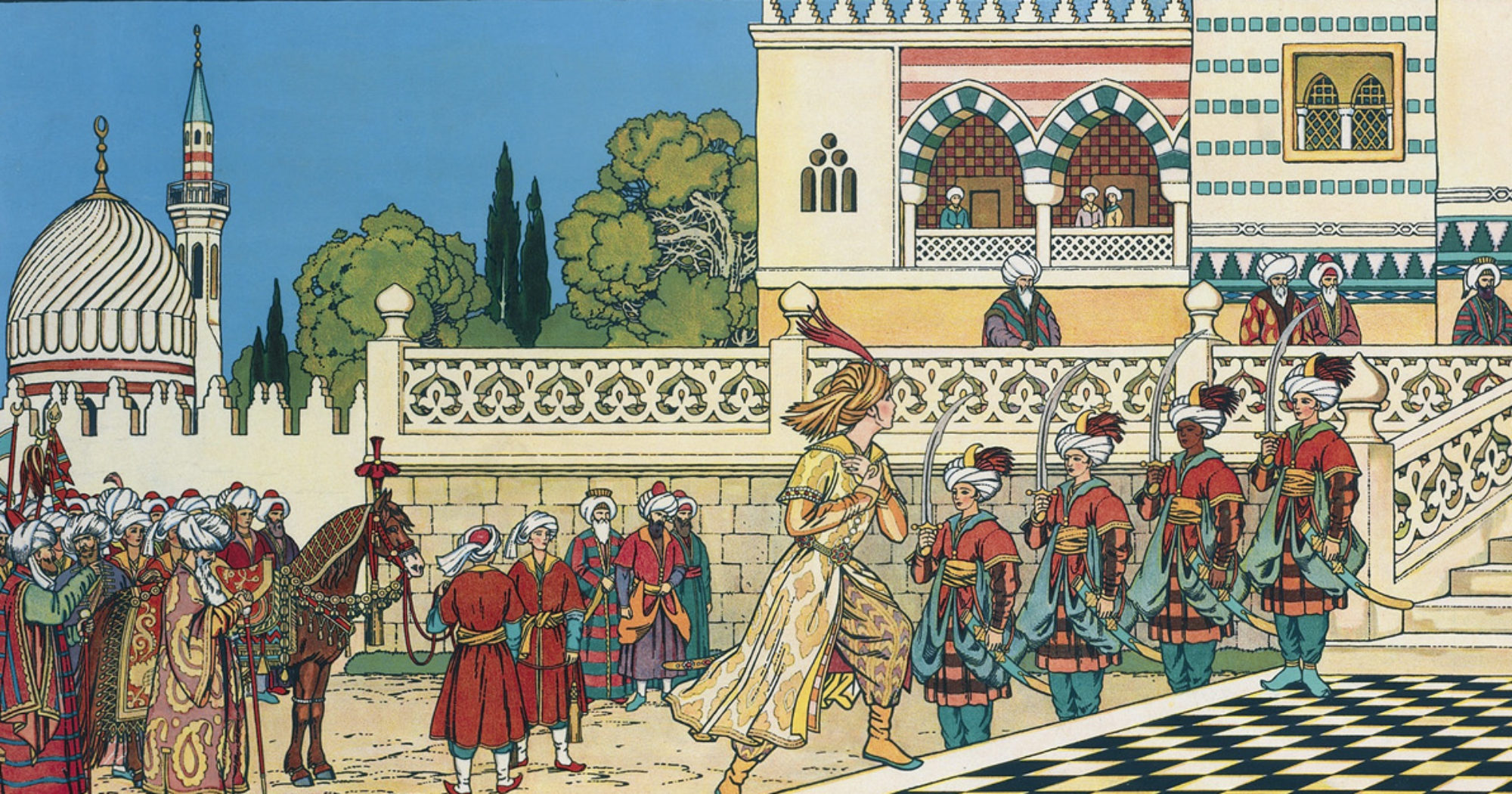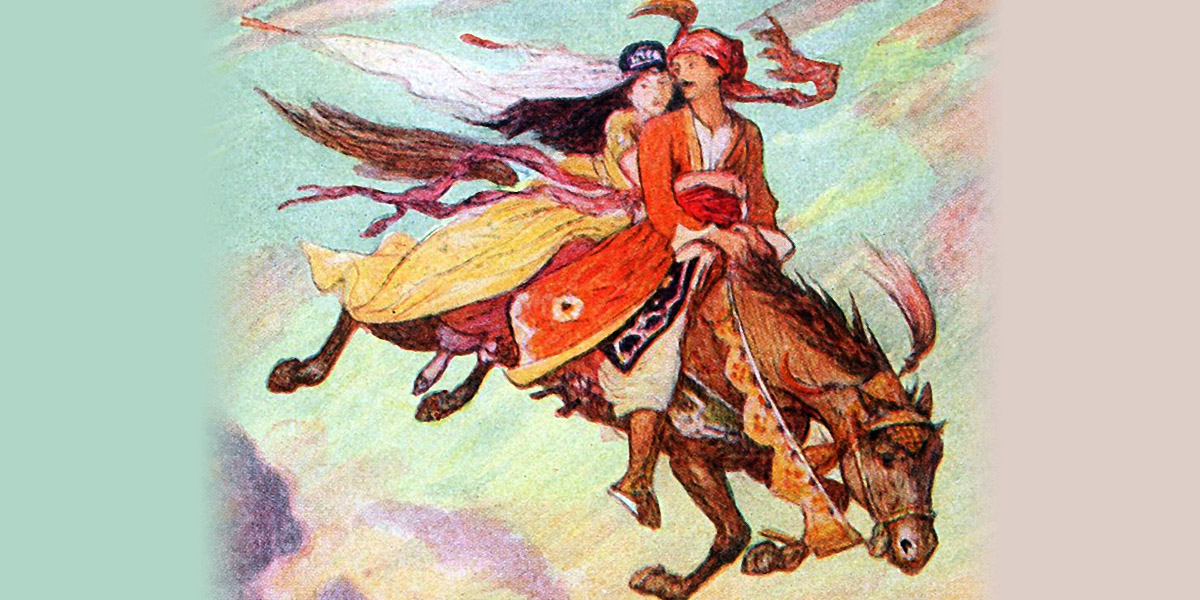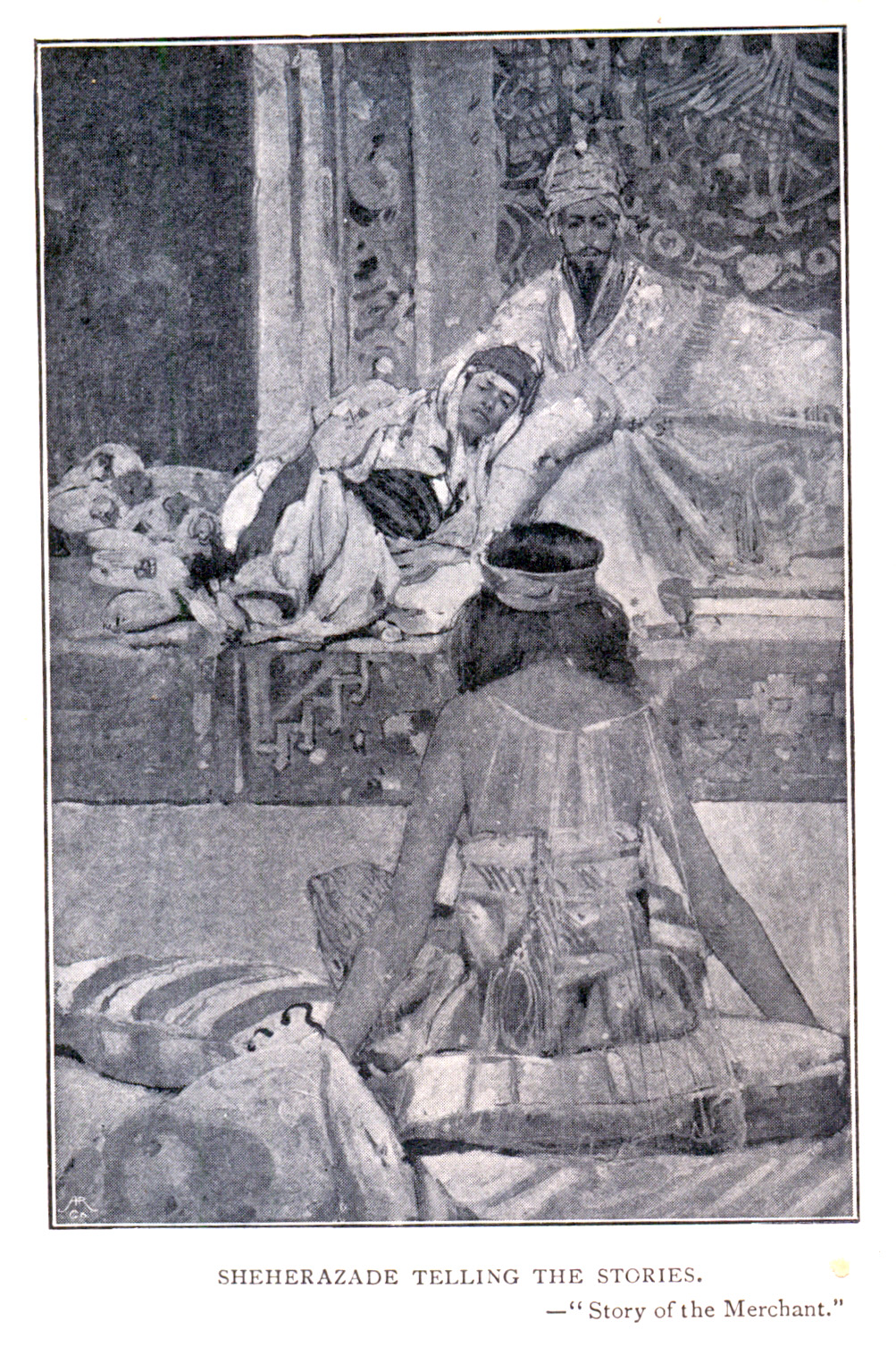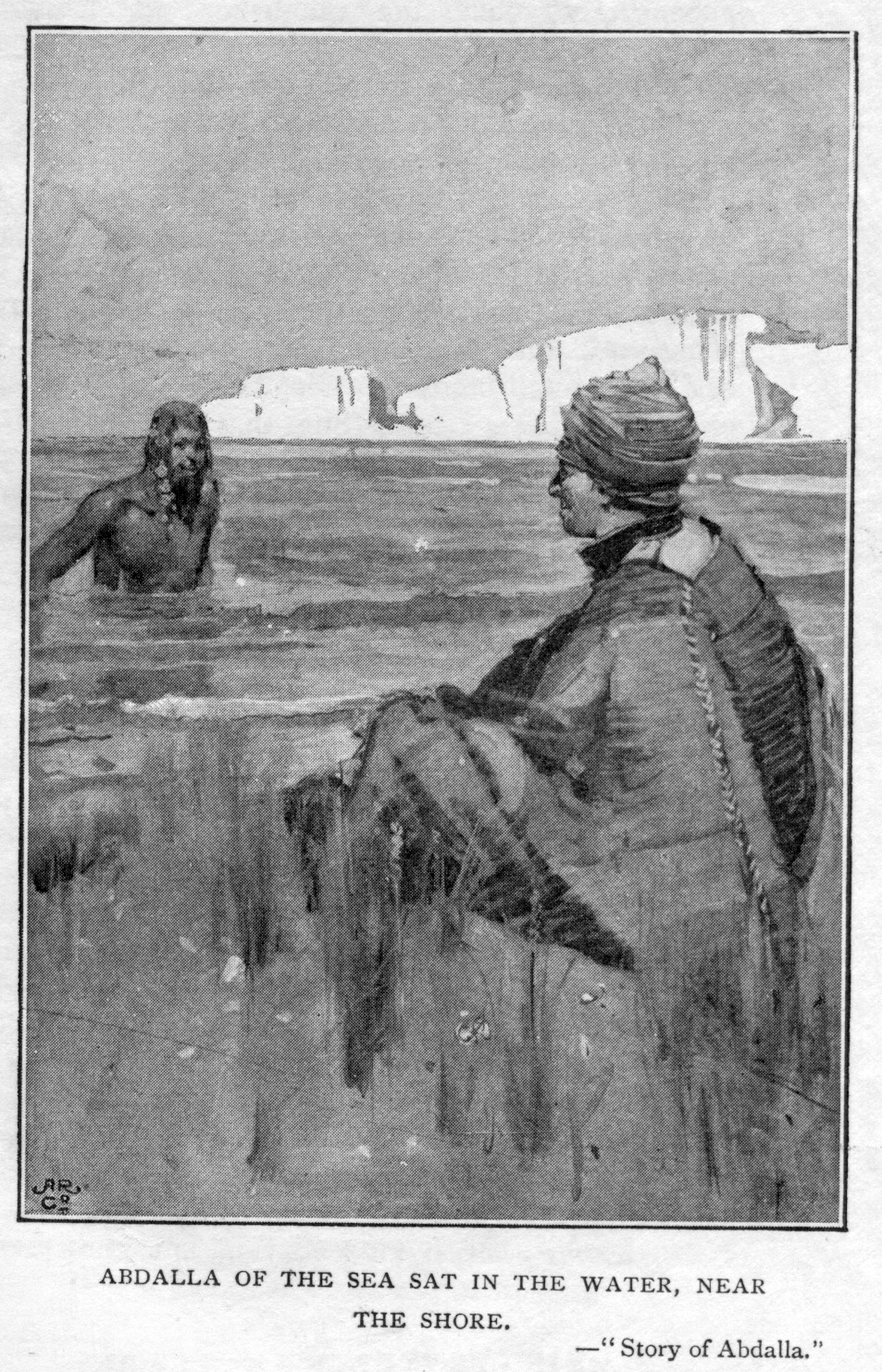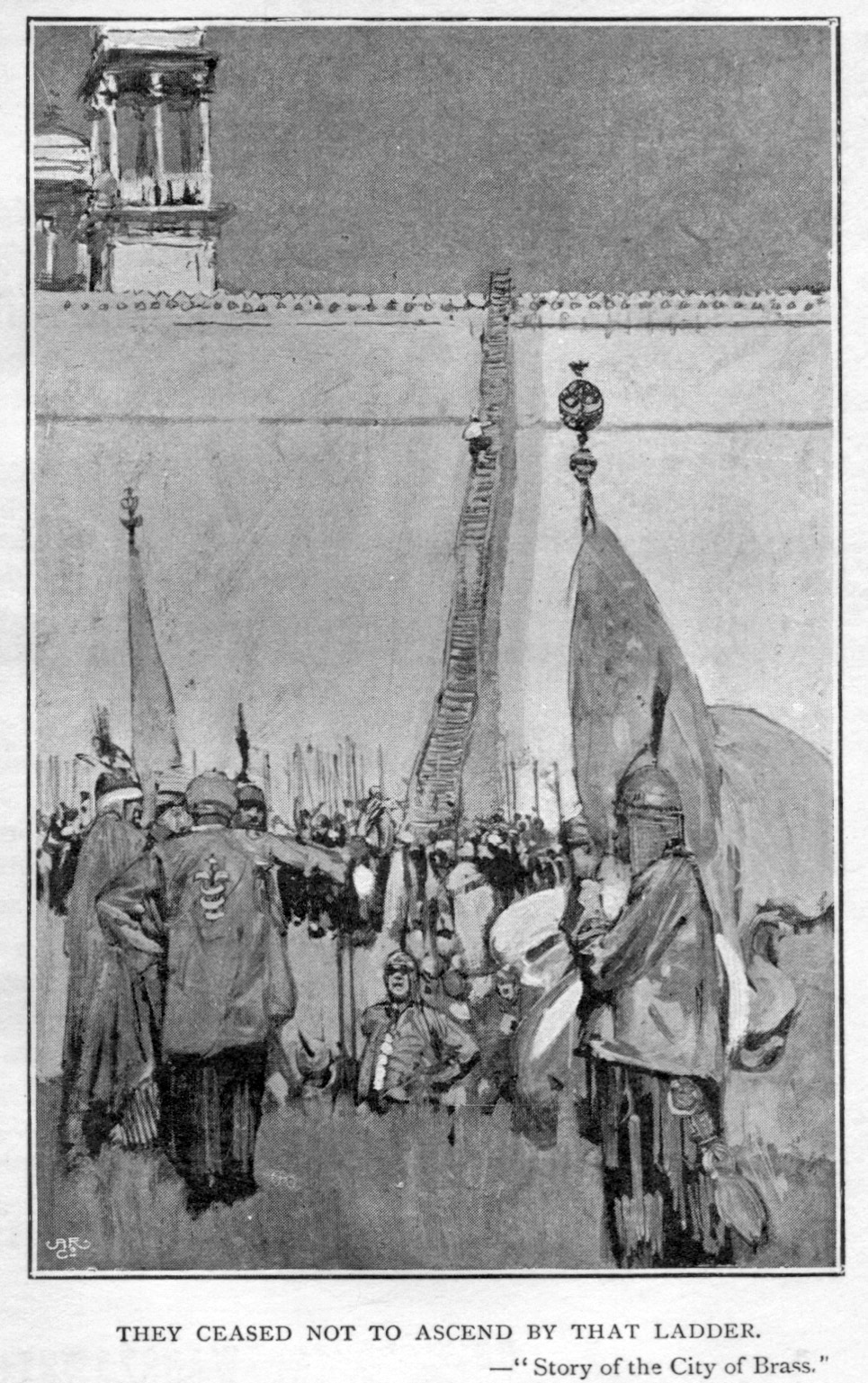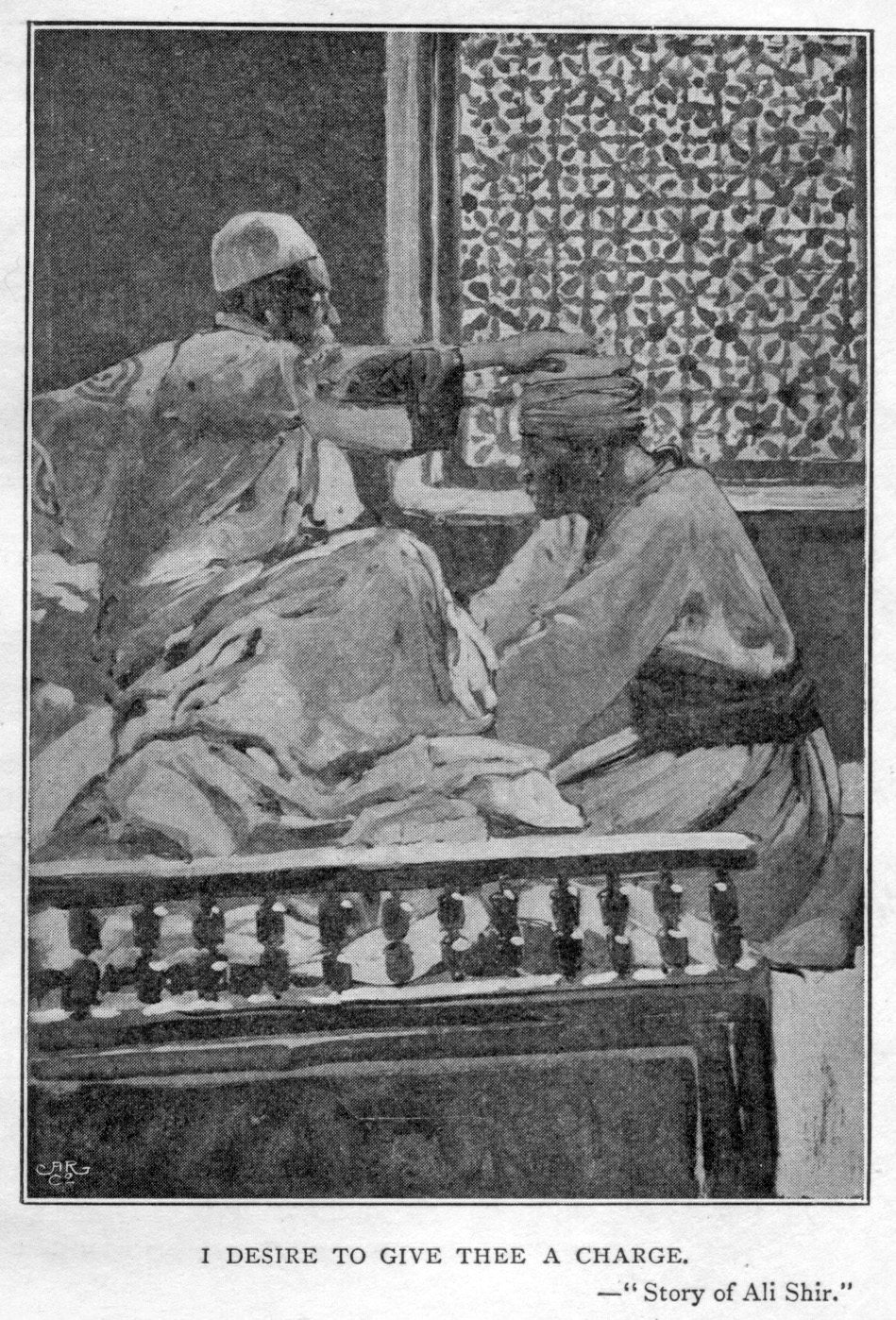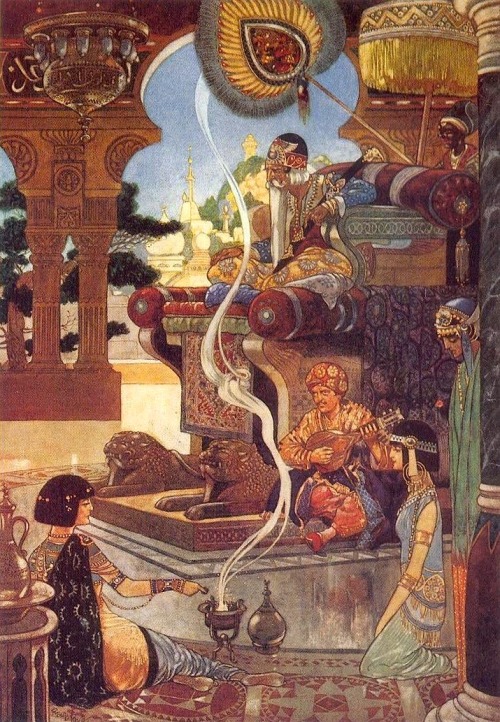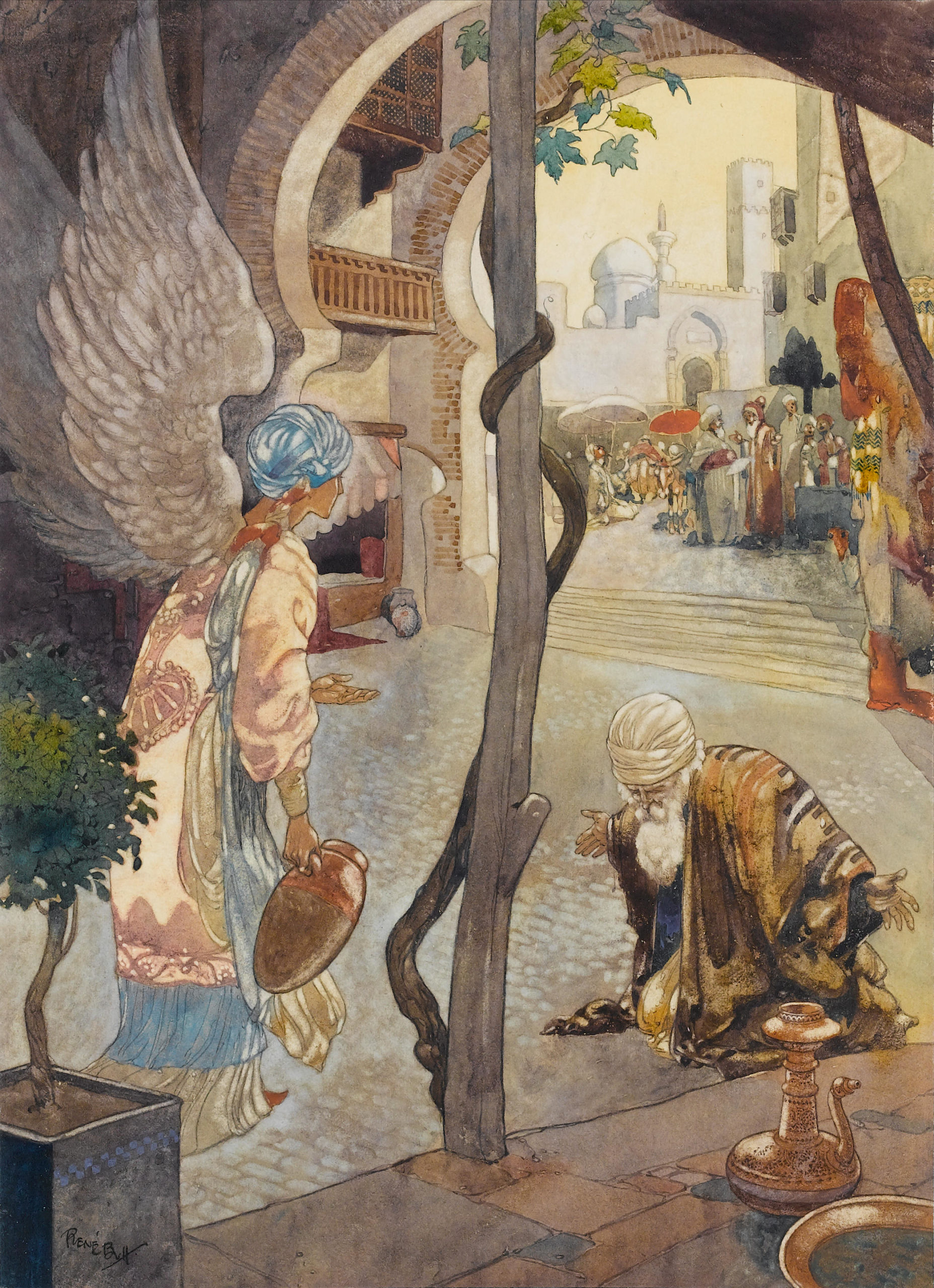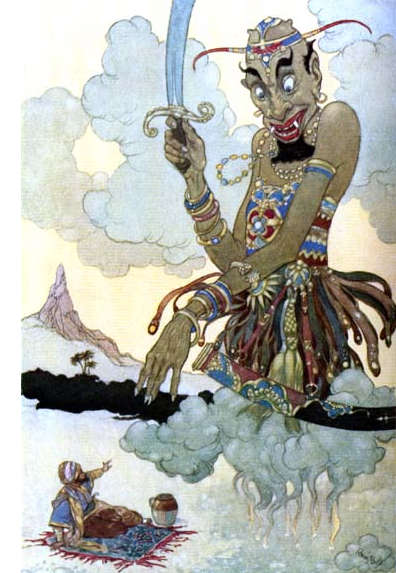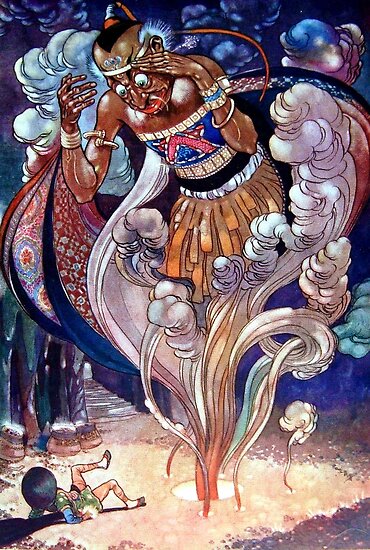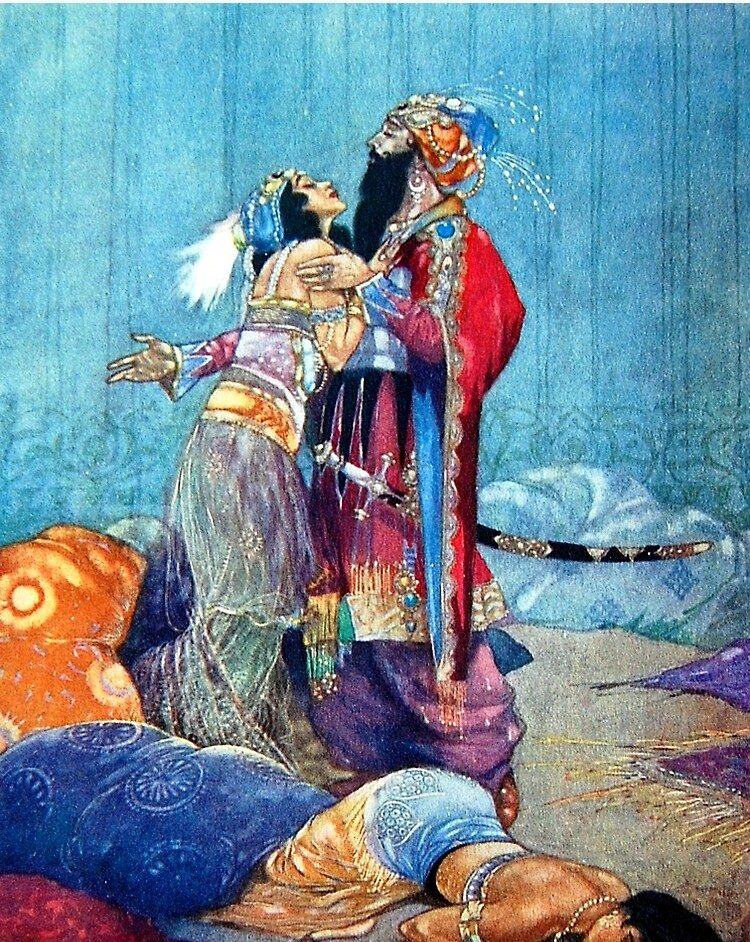351—352 The rich man who lost and then regained his money
From an earlier recap, where I tried to stick a pin in a certain structural style shared by many of the stories in The Arabian Nights:
Almost all of them include some kind of surprise: A twist in the tale, a moment of irony, or some clever thinking … [an] out-of-the-box moment
I might also have quoted Adam Roberts, who, in comparing the structure of science fiction to that of a joke, writes that
The structure of a joke is a knight’s move: it leads you along a particular narrative trajectory only to finish with a conjurer’s flourish of the unexpected.
Before reading The Arabian Nights I would also have used the word ‘Borgesian.’ The short stories of the Argentine writer Jorge Luis Borges (1899-1986) often exhibit precisely the quirky quality I am trying to describe. But of course these tales I am reading pre-date Borges by hundreds of years, so it is certainly more accurate to say that one can perceive the blueprints for his stories in The Arabian Nights. Continue reading “Jorge Luis Borges and the Arabian Nights”
